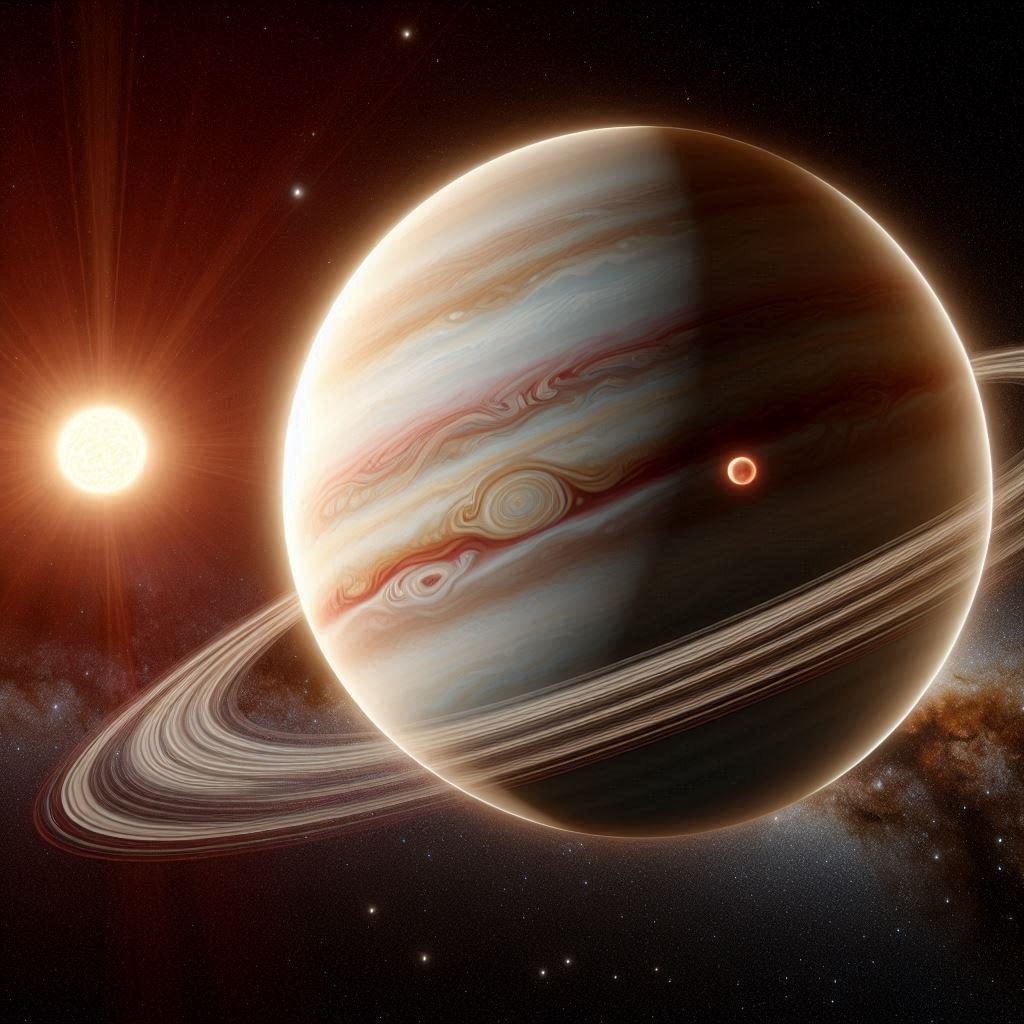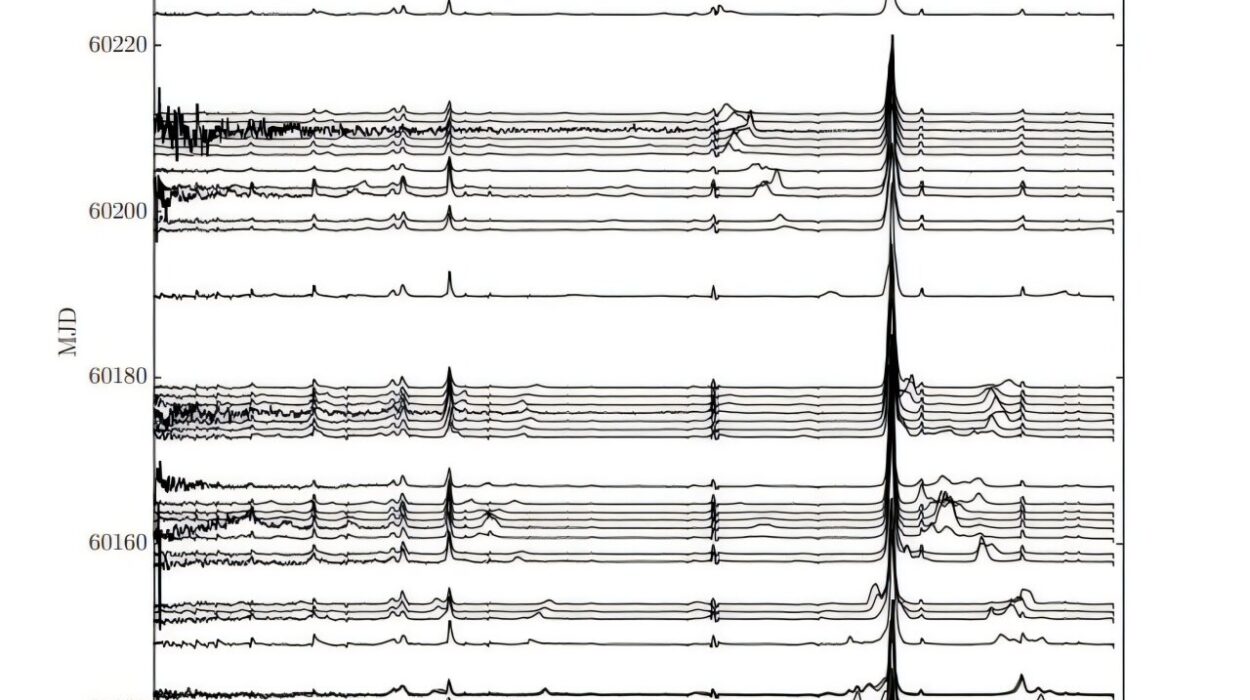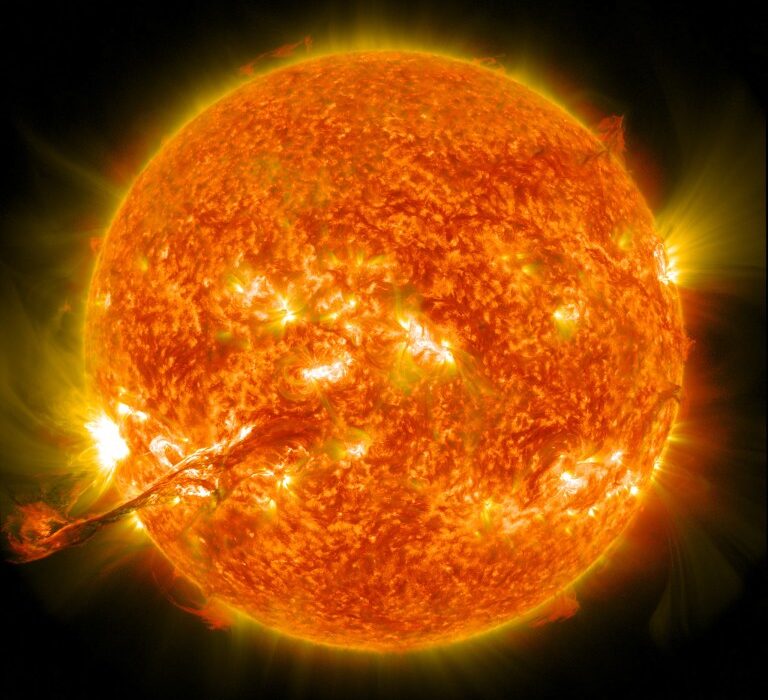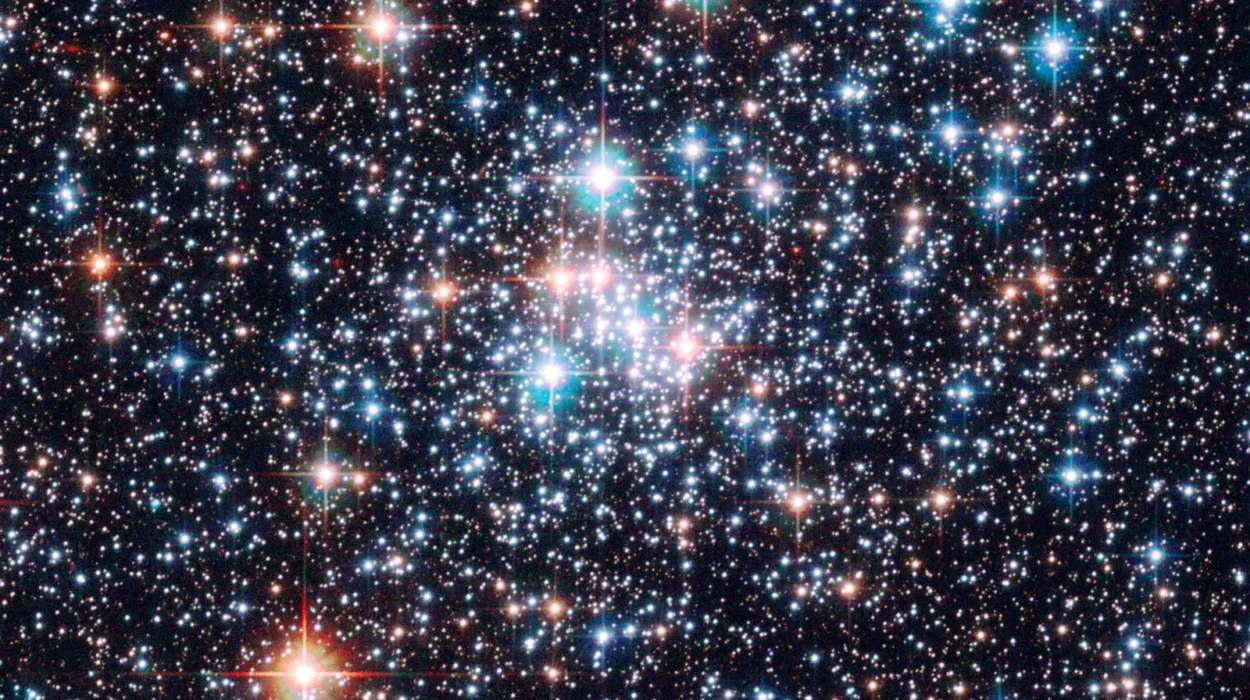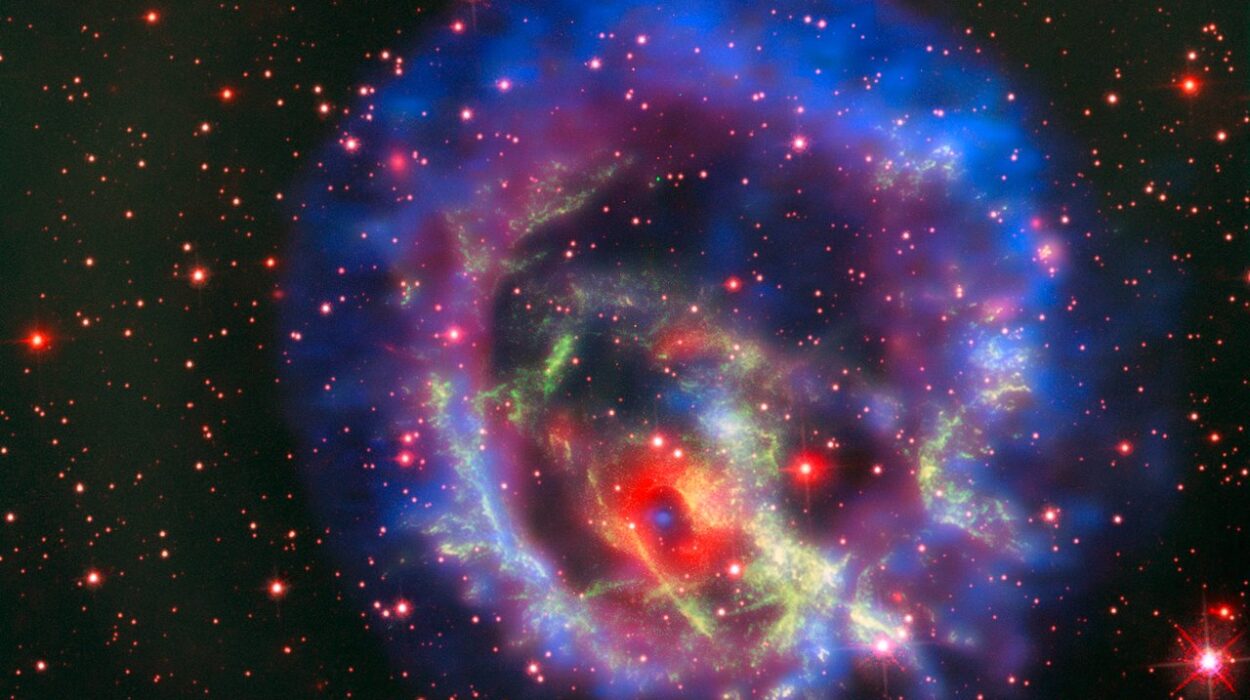In an exciting development in the field of exoplanet research, Israeli astronomers have reported the detection of a new Jupiter-like exoplanet orbiting a nearby M-dwarf star. The discovery, named GJ 2126 b, was made using the High Accuracy Radial Velocity Planet Searcher (HARPS), a high-resolution spectrograph that has been instrumental in the discovery of hundreds of exoplanets. The findings were published on February 16 in a research paper on the arXiv preprint server. This new planet offers a unique set of characteristics, adding to the growing catalog of exoplanets that scientists are studying to understand planetary formation and evolution.
The Radial Velocity Method: A Proven Technique
The radial velocity (RV) method is one of the most successful techniques used to detect exoplanets. It works by observing the subtle wobble in a star’s motion, which is caused by the gravitational pull of an unseen planet orbiting it. As the planet orbits its host star, the star’s velocity shifts slightly due to the planet’s gravitational influence. These shifts can be measured, and by analyzing the changes in the velocity, astronomers can infer the presence, mass, and orbit of an exoplanet.
Using this method, more than 600 exoplanets have been detected so far. The high precision of this technique is a result of the advanced technology that measures star motions down to fractions of a meter per second, enabling the detection of even small planets that exert tiny gravitational forces on their stars.
HARPS: A Groundbreaking Instrument for Exoplanet Discovery
HARPS is a high-resolution visible-light echelle spectrograph that is installed at the European Southern Observatory (ESO)’s 3.6-meter telescope in Chile. Known for its exceptional precision, HARPS can measure radial velocities with an accuracy of about 1 meter per second. This makes it one of the most successful and reliable planet-finding instruments in the world.
Astronomers around the world use HARPS to study the spectra of stars and detect the subtle variations in their velocity caused by the gravitational influence of orbiting exoplanets. HARPS has been instrumental in finding many of the known exoplanets, and its importance continues as astronomers discover more distant and unusual worlds.
GJ 2126 b: A New Discovery
Led by Arbel Schorr from Tel Aviv University in Israel, a team of astronomers utilized the HARPS-RVBank database, which contains over 250,000 radial velocity measurements of 5,239 stars. This extensive database includes all stellar spectra collected by the HARPS instrument up until January 2022. By analyzing this data, the team was able to identify GJ 2126 b, a Jupiter-like exoplanet that orbits its host star GJ 2126.
According to the study, GJ 2126 b is a highly eccentric planet with an orbital eccentricity of 0.85, making it one of the most eccentric exoplanets discovered around an M-dwarf star. The planet orbits its host star in approximately 272.7 days, which is close to the orbital period of Earth but much more eccentric in nature.

Planet Characteristics and Potential for Further Study
GJ 2126 b orbits its star at a distance of 0.71 astronomical units (AU). To put that into perspective, this is just a bit more than half the distance between the Earth and the Sun. However, despite its relatively small distance from its host star, the planet is at least 1.3 times the mass of Jupiter. Since the inclination of the planet’s orbit remains unknown, its mass could potentially be even larger. This raises the possibility that GJ 2126 b might not be a planet at all, but rather a brown dwarf — a type of substellar object that shares some characteristics with planets but is too massive to be classified as one.
The unusual eccentricity of GJ 2126 b’s orbit sets it apart from many other exoplanets discovered around M-dwarf stars. M-dwarfs are smaller and cooler stars, and they tend to have planets that follow more circular orbits. The high eccentricity of this planet’s orbit, however, places it in a relatively sparse region of the exoplanet population. Its study could therefore yield valuable insights into planetary formation processes, the migration of planets within their systems, and the evolution of planetary orbits.
The Host Star: GJ 2126
The star hosting GJ 2126 b is known as GJ 2126, and it is an M-dwarf star with a spectral type of M0V. M-dwarfs are the most common type of star in our galaxy, but they are also cooler and smaller than stars like the Sun. GJ 2126 is located at a distance of about 124 light-years from Earth, which is relatively close in astronomical terms. The star has a radius of about 0.73 times that of the Sun and a mass of around 0.65 times the mass of the Sun.
One interesting feature of GJ 2126 is its high proper motion, which means that it is moving relatively quickly across the sky compared to many other stars. The star also has a metallicity of 0.6 dex and an effective temperature of around 4,159 K. These properties make it a valuable target for astronomers who are studying M-dwarfs and their potential for hosting planets.
The Need for Further Observations
While the discovery of GJ 2126 b is significant, more observations are required to fully characterize the planet. In particular, determining the planet’s radius and refining its mass will be crucial in understanding its true nature. The planet’s mass estimate currently comes with uncertainty due to the unknown inclination of its orbit. Further radial velocity measurements, along with transit observations (if the planet’s orbit happens to align with our line of sight), could help refine these parameters.
With more data, astronomers hope to learn more about the composition of GJ 2126 b, including whether it is made of rock, gas, or a mixture of both. By comparing the properties of this planet to other exoplanets, especially those orbiting M-dwarfs, scientists will be able to better understand the diversity of planetary systems and the processes that shape them.
A Step Forward in Understanding Planetary Systems
The discovery of GJ 2126 b provides astronomers with a valuable case study that could offer insights into planetary formation, migration, and evolution. As more of these unusual exoplanets are discovered, it will become increasingly clear how planetary systems evolve and what kinds of worlds might be common in other parts of the galaxy.
With the power of the HARPS instrument and databases like HARPS-RVBank, astronomers continue to expand our knowledge of exoplanets and the broader universe. Each new discovery brings us closer to understanding the complex and fascinating dynamics of planets outside our solar system. GJ 2126 b is just the latest example of this exciting field of research, and its continued study will undoubtedly yield valuable insights into the nature of distant worlds.
Reference: Arbel Schorr et al, GJ 2126 b: A highly eccentric Jovian exoplanet, arXiv (2025). DOI: 10.48550/arxiv.2502.11139
